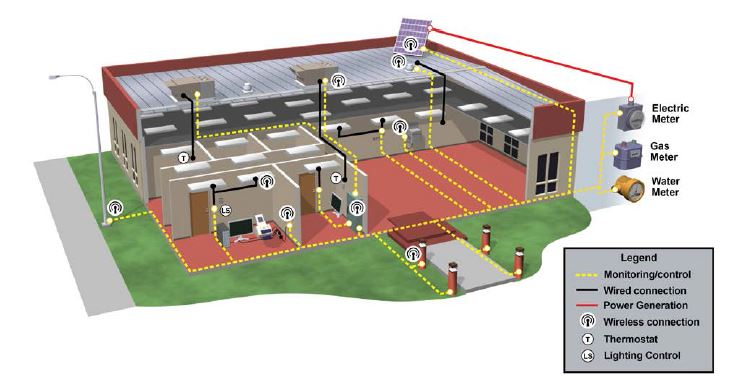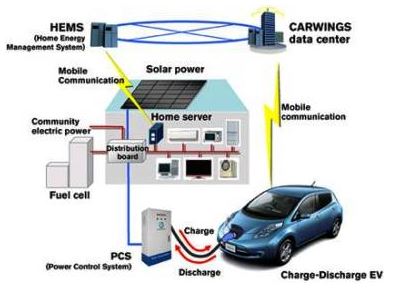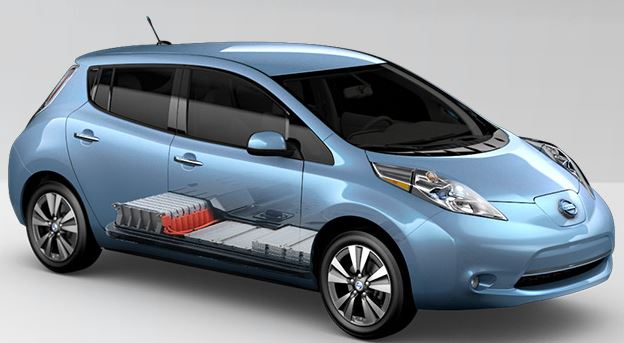Dispatchable Energy Devices in Transaction-Based Buildings
What does dispatchable mean?
In micro-grid system, dispatchable mean can be explained by two different ways. Either of them is dispatchable generation which mentions about sources of electricity. By this way, electricity plants can be turned off or on to adjust power demand by operators that makes micro-gird system more efficient. The other is dispatchable devices which are electric devices and have a capable of being dispatched automatically or by device users that integrates houses in micro-grid system and enables to reduce bills of consumers. For example, an electrical device is being operated on peak electricity demand time. In that case, devices can adjust power usage by itself and decrease power usage if it is not critical load at that time and makes power consumption stable.
What is the transaction-based building?
After grid system start to use into electricity delivery systems, a new revolution is underway within the buildings sector, primarily in the commercial buildings sector. Nowadays, application-based systems are presenting an opportunity to implement strategies in which highly “optimized” control and capable of constantly increasing efficiency levels. The premise of transaction-based control is that interactions between various components in a complex energy system can be controlled by negotiating immediate and contingent contracts on a regular basis in location . The following figure illustrates the connections between sensors, devices and controls in a small commercial building.

Figure 1- Transaction-Based Building and Control Devices
Dispatchable Energy Devices
Dispatchable energy devices are those devices that can be reduced electricity consumption. These devices can be operated only a few minutes or maybe they will continue to work for hours. Batteries, electric vehicles and cooling and heating systems are made example to give more information about dispatchable devices.
Batteries
For instance, the devices can be thought energy storage systems. The energy storage systems enable to produce electricity from renewable sources, decrease the peaks of energy demand and distribution infrastructure. The battery systems for houses can be used for adjust the electricity consumption. In the transaction-based buildings, we can use photovoltaic roofing or small wind electric systems, so these renewable energy generations can be used to lessen the peak of energy demand. At that case, batteries are the important part of dispatchable energy. They provide reliable and fast frequency response without being subject to prices and zero emissions. Energy storage also helps grid system operators to maintain constant frequency.
Electric Vehicles
Moreover, batteries accommodate growth in electric vehicles so these vehicles can be thought dispatchable energy for houses. Nowadays electric vehicles are using for transportation. For the new concept of electric vehicles, they can be used as an electric power supply. The Nissan Company has thought up a vehicle, named as Nissan Leaf, this vehicle can be used as backup battery for houses also used for during power shortages and peak energy demand time to fix it. In future maybe, electric vehicles are going to be more useful dispatchable energy devices.

 Figure 2 and 3- Nissan Leaf Electric Vehicle Using as a Backup Storage
Figure 2 and 3- Nissan Leaf Electric Vehicle Using as a Backup Storage
Cooling and Heating Systems
In transaction-based buildings, heating or cooling systems are also devices that make the grid system more dispatchable. In the traditional buildings, if users want to start heating or cooling systems for only one room, another room’s systems suddenly will open and that building’s electrical load ratchets upward accordingly. However, for the transaction concept building this is different. The heater or cooler are controlled, with the demand of electricity rate, so the system are controlled by calculating the power demand or kW-h and this means for the residential consumer the they will pay the most cost effective bill.
Documentations
Rederence Guide for a Transaction-Based Building Controls Framework
Links
http://electronicsbus.com/electric-vehicle-home-backup-battery-charger/
http://www.nissan-global.com/EN/TECHNOLOGY/OVERVIEW/leaf_to_home.html